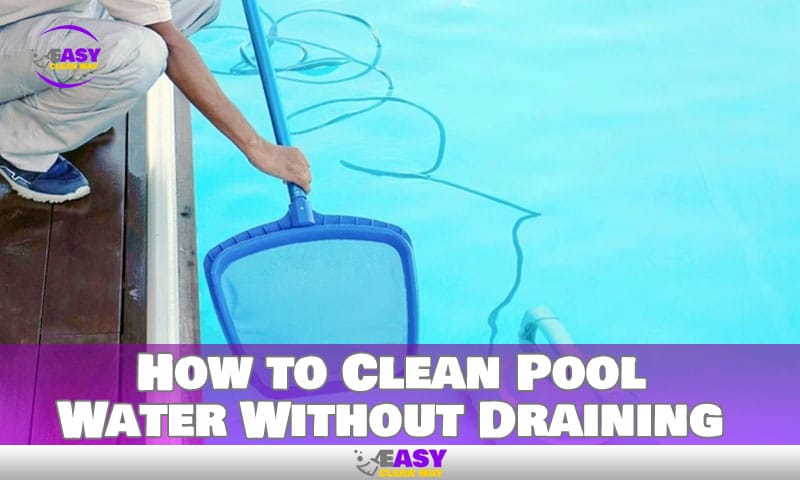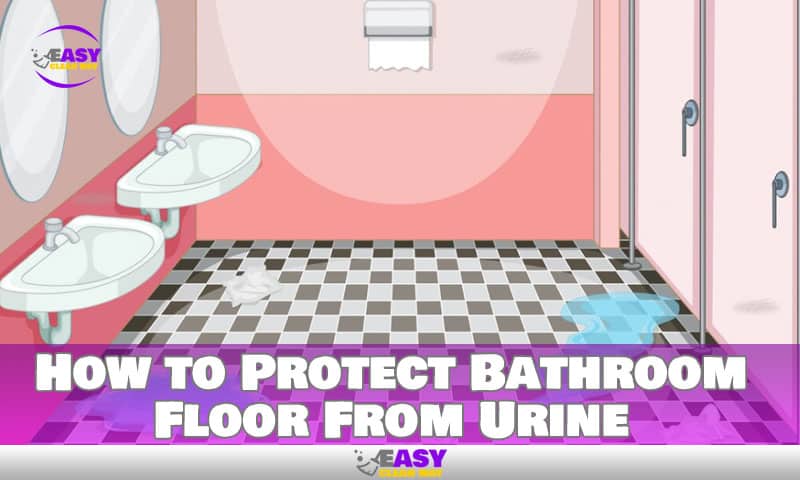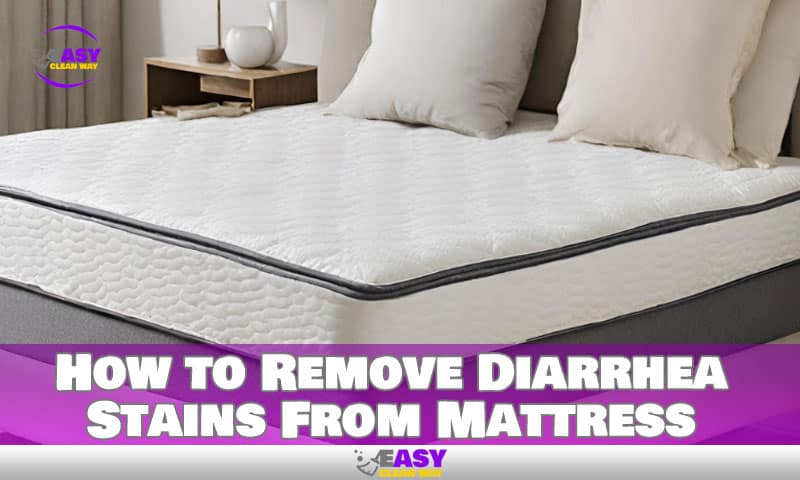If you have a slate roof, you know how beautiful and durable it is. But did you know that regular maintenance is essential to keeping it looking its best? Cleaning a slate roof is no small task, but with the proper knowledge and tools, it can be done safely and effectively.
In this article, I’ll provide you with the information you need to clean your slate roof correctly and give it the care it deserves. We’ll cover everything from choosing the right cleaning products to properly executing the process—and even provide some useful tips for troubleshooting potential problems.
What to Consider When Cleaning a Slate Roof
If you own a slate roof or are considering purchasing one, then you may be wondering how best to clean it. The good news is that with a little bit of knowledge and the right materials, it’s possible to keep your slate roof looking beautiful for years.
When cleaning a slate roof, there are a few things to consider. Firstly, the type of slate you have will determine the kind of cleaning product and tools you should use. You’ll also need to think about whether or not the cleaner should have disinfectant properties, given the COVID-19 pandemic.
In addition to these considerations, it’s important to choose a cleaning product that won’t damage or discolor your slate. Make sure you check manufacturer guidelines before applying any product or tool to your roof; this will help avoid any damage or safety issues down the line. Finally, be aware of your local weather conditions and time of year when cleaning, as this can affect what products work best in different climates.
Preparations Before Cleaning Your Slate Roof
Before you start cleaning your slate roof, there are a few preparations that need to be made. First and foremost, safety is paramount. Make sure to wear appropriate clothing, and never work on a roof when it’s wet or icy. Additionally, you may want to consider having a safety line in place before you start.
It’s also important to assess the condition of the slate before taking on any sort of cleaning project. If your slate is severely cracked, then it may not be safe for you to clean the roof yourself; instead, consult a professional for help. It’s also essential that you check the manufacturers recommendations for safe cleaning techniques before starting a job.
Finally, add up all the costs of materials and tools you’ll need before getting started: things like safety equipment, detergent or other cleaning solutions, brushes, and tools like ladders, brooms, and push mops. Having these things ready beforehand will help ensure that your project goes as smoothly as possible.
How to Clean Your Slate Roof
When it comes to cleaning a slate roof, you have several options. First, you can use a pressure washer for larger cleaning projects. However, if the roof is not extremely dirty, then a simple garden hose with a low-pressure nozzle will be enough. You don’t want to use too much pressure, as this can damage your slate roof.
If you’re looking for something more than just rinsing and streaming the slate, here are some other methods that can help:
- Mix together a solution of laundry detergent and warm water. Use this mixture to scrub each slate tile with a non-abrasive brush or sponge.
- Rinse the surface with clean water after scrubbing each tile. This will remove any of the detergent residues that may remain on the roof tiles.
- For stubborn spots, you may need to use an algae-killing agent that is specifically designed for slate and other roof surfaces like asphalt shingles, clay tiles, and wood shakes.
Recommended Cleaning Products and Techniques
If you’re looking for the best way to clean your slate roof, you have a couple of different options. The benefit of using the right products and techniques is that you won’t damage your roof in the process, and it will look like new when you’re done.
Non-Pressure Cleaning
When it comes to cleaning your slate roof, experts recommend non-pressure cleaning. This technique requires a big ladder that reaches your rooftop safely, as well as a brush and protective clothing. It’s important to remember that if you use too much pressure, the slate tiles can be damaged or broken, so use a gentle approach to make sure your roof lasts for many years to come.
Recommended Products
When it comes to cleaning products, opt for ones that have been designed specifically for slate roofs. Avoid any harsh abrasive cleaners or solvents with high alkalinity, as they may cause discoloration or erosion of the material. Here are some products that work well:
- Mild dishwashing detergent mixed in warm water – great for basic dirt and grime.
- Neutral floor cleaners – great for tougher stains from algae or moss.
- Professional cleaner – great if regular cleaning methods don’t seem to be working.
- White distilled vinegar – great for tougher stains and mild disinfection.
Tips and Tactics to Prevent Future Staining on Your Slate Roof
You can clean your slate roof, but why not take the extra steps to prevent future staining? Doing so will help save you money and time in the long run. Here are a few tips and tactics to keep future stains away:
Regularly Remove Debris
Dead leaves, moss, bird droppings, and other debris can accumulate over time and lead to staining. Keeping your roof clean on a regular basis helps reduce build-up and prevent discoloration.
Use a Slate Sealer
Slate sealer is a coating you apply on top of your slate tiles that stops water, dirt, grease, and oil from penetrating the surface. It’s important to choose a sealer specifically designed for slate roofs; some sealers can degrade slate tiles over time.
Algae Resistant Slate Tiles
If possible, opt for algae-resistant slate tiles when installing your slate roof. Look for ‘copper granules’ when shopping for algae-resistant tiles—these tiny particles are what prevent algae growth on the tile surface.
The best way to prevent future staining on your slate roof is by taking proactive measures such as regularly removing debris, using a specialized slate sealer, or investing in copper granule tiles from the get-go. Taking these steps now will help provide peace of mind knowing that your investment in a beautiful slate roof will last for years to come.
Professional Help With Cleaning and Maintaining a Slate Roof
You may have heard that professional help is the best way to clean and maintain your slate roof, but you may not know why. Professional help with cleaning and maintaining a slate roof is the most effective way to preserve this unique material, so it can last for decades.
Professional Workmanship
When you hire a professional, you’re getting expertise with proper techniques for cleaning moss and other debris, as well as knowledge of the best ways to keep your slate roof in its best condition. A professional knows exactly how to prepare, clean, and seal your roof correctly so that it stays in top condition.
High-Quality Cleaning Supplies
A professional also has access to high-quality cleaning supplies specifically designed for slate roofs. Not only are these products specially formulated for use on slate, but they are also designed to be gentle enough that they won’t damage your roof or its protective sealant.
A professional has the know-how to properly prepare your roof before applying the cleaners, including removing old moss and debris that could interfere with the application process. The cleaning products themselves will also be strong enough to effectively remove stubborn dirt and grime without causing any damage. Finally, once the cleaning process is complete, a professional can apply a special sealant that will help protect your roof from weather damage and other potential sources of deterioration.
By hiring a professional for the job, you can rest assured knowing that all of these tasks are being done correctly—after all, it’s their area of expertise! But one thing is for sure: using a professional ensures you can get the most out of your slate roof’s life expectancy.
Benefits of Properly Cleaning a Slate Roof
If you want your slate roof to last, it’s important to properly clean it. Regularly cleaning your slate roof has some great advantages—it can extend the life of the roof, help reduce maintenance costs, and even improve its aesthetic qualities.
Here are some of the benefits of regularly cleaning a slate roof:
- Removing dirt and particles helps protect the surface from further erosion or damage from harsh chemicals, UV rays, and other weather elements.
- Regularly cleaning your roof helps remove unsightly moss or algae buildup that can accumulate over time. It also gets rid of discoloration that can occur naturally due to weathering or age.
- Cleaning an old slate roof brings back its natural beauty—the stones are restored back to their original color and texture after a thorough cleaning process.
- When you keep your slate roof clean, any new stains or marks are easy to see and treat before they become major problems; this also helps you spot any potential repairs quickly and easily so they don’t worsen over time.
- Finally, a good cleaning will help protect the underlying material from damage caused by freeze-thaw cycles that occur in winter months, as well as from acidic rainwater which can cause etching in some areas if left untreated for too long.
People Also Like: How to Clean Your Wrist Rest for a More Comfortable Experience
Conclusion
When it comes to cleaning a slate roof, the best route to take is to go the DIY route if you have the knowledge and experience to do so. Otherwise, it’s wise to hire a professional roofer to help you get the job done safely and efficiently.
No matter what route you take, always remember to use the right cleaning products, tools, and techniques so as not to damage the slate tiles. Ensure that you’re taking all of the necessary safety precautions while cleaning the roof, and don’t forget to inspect the roof regularly and perform maintenance when needed to keep the slate roof in its best condition.
Hey there! I’m Wilfred Holguin, your Home Clean Expert blogger. I’m on a quest to help you conquer the clutter in your home and embrace the joys of a tidy home.





